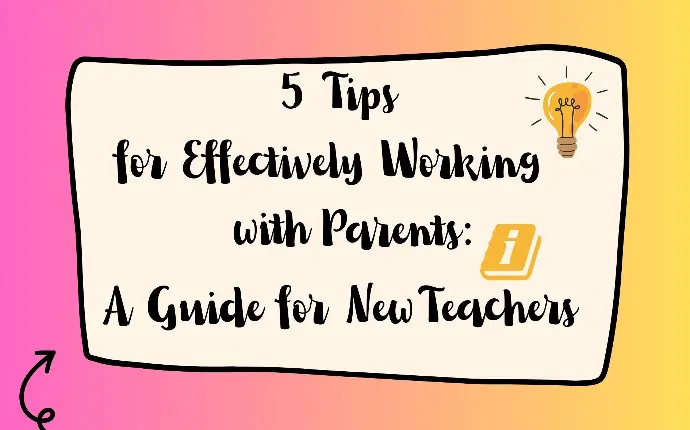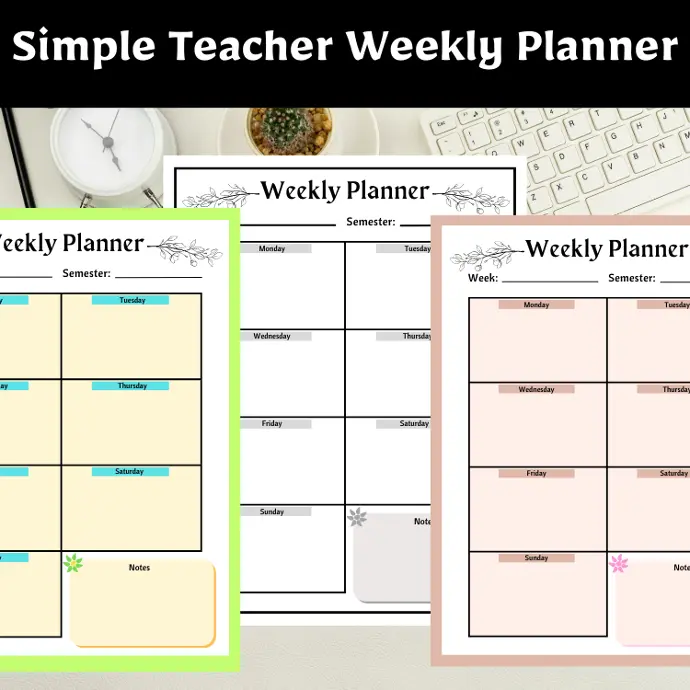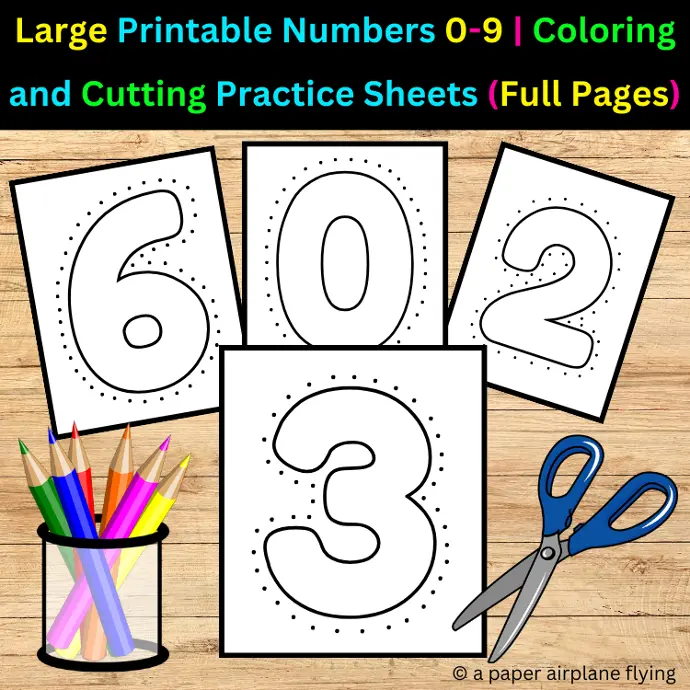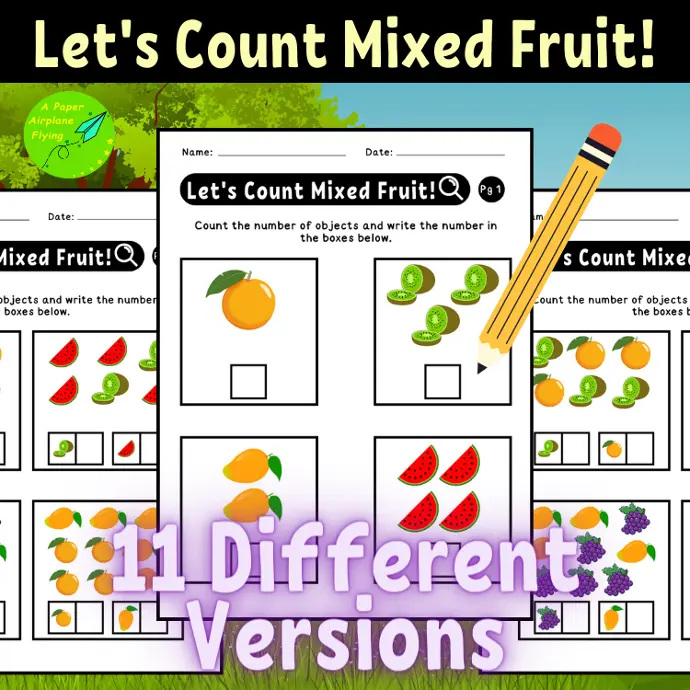Planning for An Upcoming Lesson: A Guide for Teachers

Introduction:
Are you a teacher looking for effective ways to plan your upcoming lessons? Planning is an essential aspect of teaching, as it sets the foundation for a successful learning experience. In this article, we will delve into the process of planning a lesson and provide you with some valuable tips and strategies. So, let's dive in and discover how to plan for an upcoming lesson efficiently.
🟣 Planning is the key to ensuring that your lesson is organized, engaging, and effective. Here, we will discuss an effective approach to planning, step by step, that will help you simplify the process and create impactful lessons:
1. Determine Your Learning Objectives
Start by identifying the essential learning objectives for your lesson. What do you want your students to understand or achieve by the end of the lesson? Clearly defined objectives will help you structure your lesson plan and keep it focused.
2. Gather Relevant Resources
Once you have determined your learning objectives, gather the necessary resources and materials that align with your objectives. These can include textbooks, articles, videos, interactive websites, and hands-on activities. Having a variety of resources at your disposal will help cater to different learning styles and enhance student engagement.
3. Break Down the Lesson into Key Components
Divide your lesson into smaller, manageable components or sections. Each section can focus on a specific sub-topic or concept related to your overall learning objectives. Breaking down your lesson helps maintain a logical flow and allows for effective time management.
4. Create a Lesson Outline
Now it's time to create a detailed outline for your lesson. This outline should include a clear introduction, main activities or discussions, and a conclusion. Consider incorporating interactive elements, such as group discussions, hands-on experiments, or multimedia presentations, to make your lesson more engaging.
5. Develop Instructional Strategies and Activities
With your outline in place, think about the instructional strategies and activities that will best deliver the content. Consider using a blend of direct instruction, guided practice, and independent work to cater to different learning styles. Tailor your activities to promote active participation and critical thinking among your students.
6. Assess Student Learning
Integrate effective assessment strategies throughout your lesson to gauge student understanding and progress. Plan formative assessments, such as quizzes, group discussions, or individual projects, to provide real-time feedback and adjust your teaching as needed. Additionally, consider incorporating summative assessments, such as tests or presentations, to evaluate overall student learning.
⭐Conclusion
Planning for an upcoming lesson is a crucial step in ensuring its success. By carefully defining learning objectives, gathering relevant resources, breaking down your lesson, creating a detailed outline, and incorporating instructional strategies and assessments, you can design engaging and effective lessons for your students. Remember, effective planning maximizes student engagement, learning, and retention, resulting in a positive and enriching educational experience. So, start implementing these strategies in your lesson planning process and watch your teaching reach new heights.
✨ Related Articles
5 Tips for Effectively Working with Parents: A Guide for New Teachers
Discover five essential tips for teachers to effectively work with parents, fostering a strong partnership and creating a supportive learning environment for students.
Tips for New Teachers: Nurturing Success in the Classroom
Discover essential tips for new teachers to thrive in their classrooms. From establishing classroom management strategies to building positive relationships, these guidelines will set you up for success.





